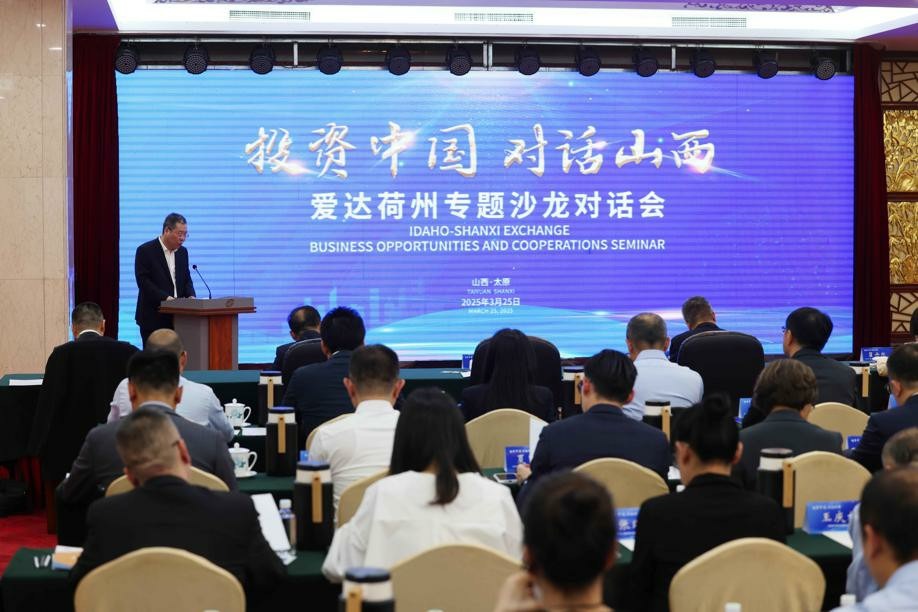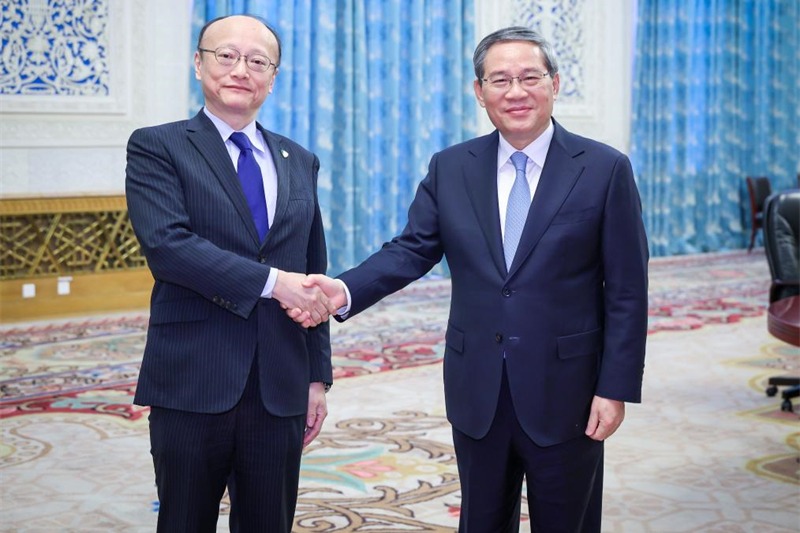Investment in social welfare to facilitate growth

While China prioritizes boosting consumption this year, it is equally crucial to ensure that investment, the other vital component of domestic demand, is also nurtured and scaled up, analysts said.
Consumption and investment are not mutually exclusive, but rather complementary drivers of domestic demand. Strengthening them in tandem is key to better unlocking the potential of the Chinese economy amid growing external uncertainties, they added.
With a focus on national development strategies and the needs of the people, the country vowed to "leverage government investment instruments of all types, create greater synergy between fiscal and financial policies, and expand project reserves and ensure the supply of production factors", in the 2025 Government Work Report.
Governments will accelerate progress on a number of key projects and complete all major projects launched under the 14th Five-Year Plan (2021-25). Efforts will be made to see that projects are well selected and that funds are well managed and efficiently used, so as to ensure funding for ongoing projects and prevent ineffective investment, according to the report released earlier this month.
"In the face of declining marginal returns on capital, the previous model of investment expansion in scale and inefficient growth is simply not viable," said Qi Luming, a researcher at the China Center for International Economic Exchanges.
"Only by expanding effective investment can we improve the return on investment and its sustainability, thereby restoring the willingness of enterprises to invest," Qi said.
He noted a crucial characteristic that defines effective investment — the ability to ultimately generate consumption and foster a positive feedback loop between investment and consumption.
An increase in investment in public welfare could emerge as a key solution to bolster the country's economic growth, as the country grapples with the challenge of insufficient effective demand, experts said.
China has made significant investments and progress in infrastructure such as power, gas, railways, highways, airports and ports over the past decades, said Zhang Bin, deputy director of the Institute of World Economics and Politics at the Chinese Academy of Social Sciences.
"However, there is still a significant gap in investment in public welfare domains such as education, culture, sports, underground utility networks and the renovation of old residential buildings," Zhang said.
Around 110 million migrant workers in China's prefecture-level cities and above are unable to settle down where they work and reside, and local governments face significant investment gaps in providing affordable housing, education and healthcare services for these individuals, Zhang added.
China has a potential public welfare investment space of at least 30 trillion yuan ($4.1 trillion) in the coming years.
The total length of gas, water supply and drainage and heating pipelines that require renovation and upgrading in China's cities over the next five years is close to 600,000 kilometers, with a total investment demand of around 4 trillion yuan, according to the National Development and Reform Commission, the country's top economic regulator.
Data from the Ministry of Housing and Urban-Rural Development showed there are some 220,000 old residential communities in China that were built before the year 2000. The renovation of these aging neighborhoods alone has the potential to drive investment worth trillions of yuan.
Investment in public welfare is in line with the Government Work Report's emphasis that "more funds and resources will be used to serve the people and meet their needs".
Unlocking the power of private investment is a critical pillar for driving effective investment and addressing the issue of insufficient effective demand, said Wen Bin, chief economist at China Minsheng Bank.
In recent years, private investment has faced a lackluster performance, with its growth rate declining by 0.1 percent in 2024, remaining in negative territory, according to the National Bureau of Statistics.
"To stimulate the enthusiasm of private investment, the government must prioritize repaying the outstanding liabilities owed to private enterprises," Wen said.
By ensuring a level playing field and enabling private enterprises to access affordable financing, the government can catalyze a new wave of effective investment, Wen added.





































